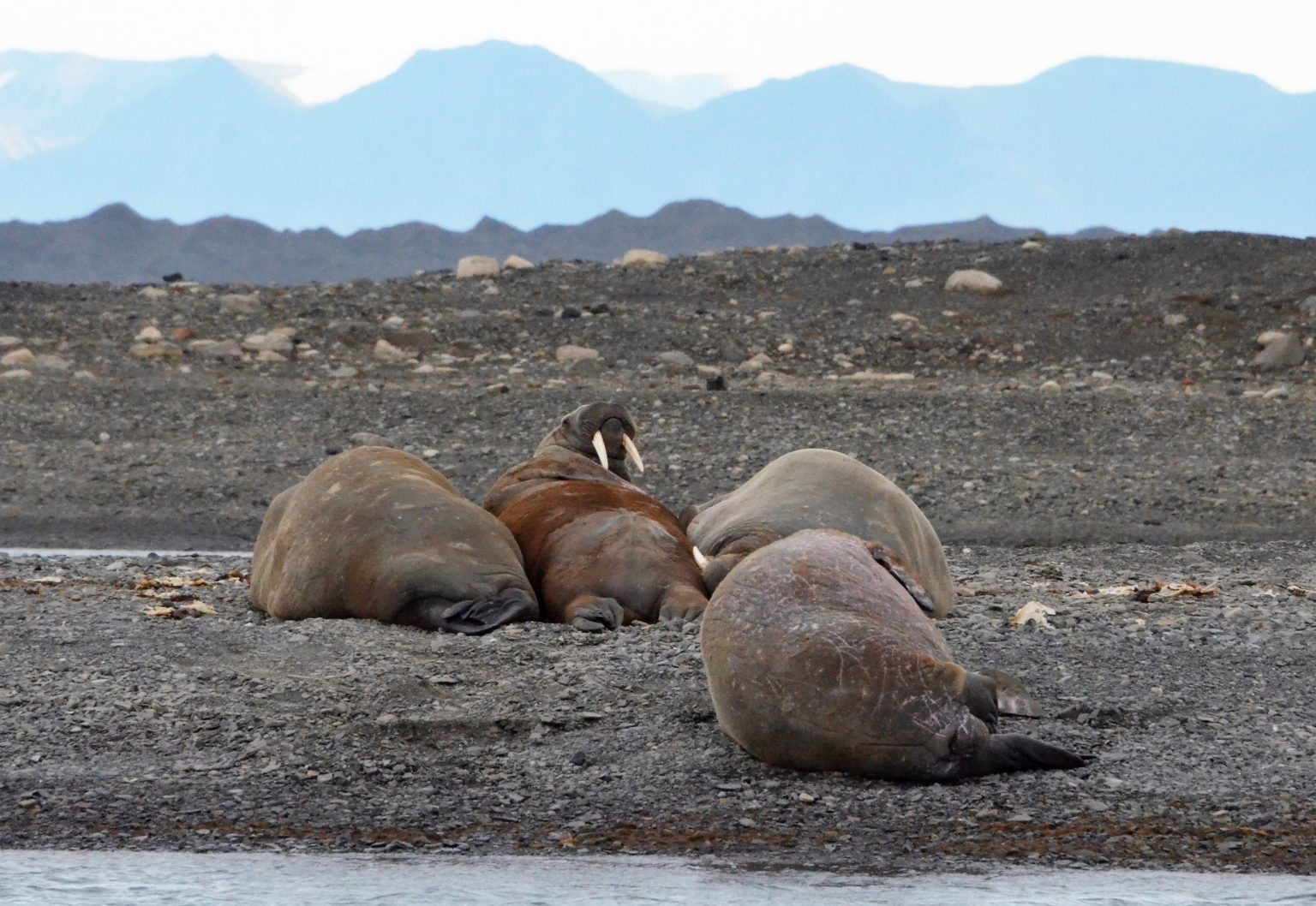The Viking Age Norse people sought walrus ivory in the High Arctic long before Christopher Columbus reached North America. Imported ivory from Norse settlements in Greenland was traced back to remote hunting grounds in the High Arctic, suggesting interactions with Indigenous North Americans. The findings shed light on potential trade interactions between the Norse and Arctic Indigenous peoples, particularly the Thule culture and possibly the Tuniit. While the evidence does not definitively prove direct contact between the Norse and Indigenous North Americans, it indicates overlapping activities in search of walrus ivory.
The study’s high-resolution genetic sourcing methods identified specific hunting grounds such as the North Water Polynya and the Canadian Arctic as sources of walrus ivory traded by the Norse. This challenges previous Euro-centric views of the walrus ivory trade and highlights the complexity of interactions between different cultures in the remote Arctic regions. The presence of Norse and Indigenous American groups in these areas suggests a shared interest in sourcing the precious commodity. The study supports the idea that the Vikings may have traded with Indigenous North Americans during the Viking Age, contributing to a more nuanced understanding of early globalization processes.
The research expands on previous debates about globalization in the Viking Age by showcasing the existence of an “Arctic Ivory Road” that connected North America with European trade networks. The Norse’s travels to remote Arctic regions for walrus ivory underscore the significance of this commodity in facilitating long-distance trade and cultural exchanges. By genetically fingerprinting walrus artifacts from European Viking villages and Greenland settlements, the study links specific walrus populations to trading networks established by the Norse. The findings provide valuable insights into the economic and social dynamics of the Viking Age.
While the study does not definitively prove direct contact between the Norse and Indigenous North Americans, it suggests that they coexisted in certain areas while exploiting the same natural resource for trade. The potential encounters between the Norse and Arctic Indigenous cultures have significant implications for the understanding of pre-Columbian interactions in the North Atlantic region. The study’s focus on walrus ivory as a valuable commodity sheds light on the interconnectedness of diverse societies in the High Arctic. Further research is needed to explore the extent of trade interactions and exchanges between the Norse and Indigenous peoples.
The implications of the study challenge conventional views of the Norse expansion and highlight the complex relationships that may have existed between European settlers and Arctic Indigenous peoples. The evidence points to a shared interest in walrus ivory as a trade commodity, which could have facilitated cultural exchanges and interactions between different groups in the High Arctic. By uncovering the origins of imported walrus ivory in Europe, the research contributes to a broader understanding of the Viking Age economy and the interconnectedness of distant regions through long-distance trade routes. The study’s findings open new avenues for investigating early contact and trade networks in the North Atlantic region.
Overall, the study provides compelling evidence of Norse involvement in the walrus ivory trade from remote Arctic hunting grounds, suggesting potential interactions with Indigenous North Americans. The genetic sourcing methods used by the research team offer valuable insights into the origins of imported ivory and the interconnected trade networks that linked Greenland, Europe, and North America during the Viking Age. The study’s findings enhance our understanding of the broader economic, cultural, and social dynamics of pre-Columbian interactions in the North Atlantic region and shed light on the complex relationships between different societies in the High Arctic.


